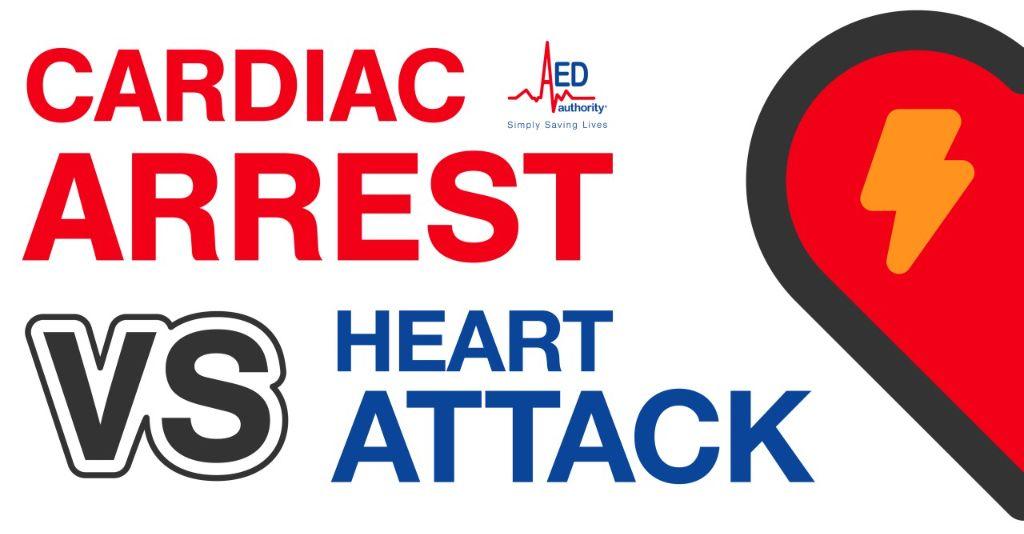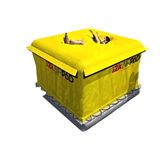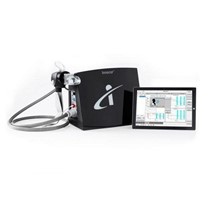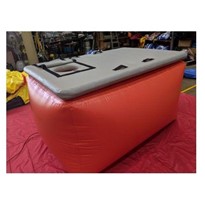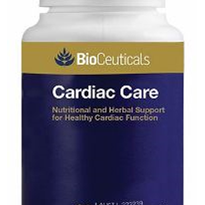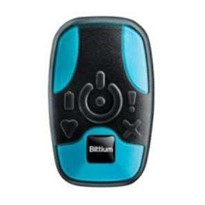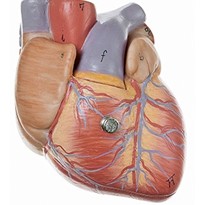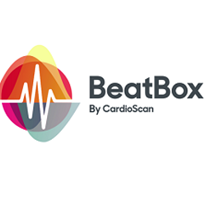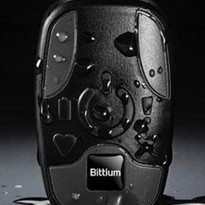It’s a common misconception that sudden cardiac arrest (SCA) and heart attack are the same thing. In reality they are quite different and understanding the difference could save your life or the life of someone you love. A heart attack could be described as a ‘plumbing problem’, while sudden cardiac arrest is more of an ‘electrical problem’.
Heart Attack
A heart attack occurs when a blocked artery prevents oxygen-rich blood from reaching a section of the heart. If that blocked artery is not cleared quickly, the part of the heart it normally nourishes begins to die. The longer the person affected goes without treatment, the greater the damage.
During a heart attack the person is awake and the heart is beating. Most heart attacks involve discomfort in the centre of the chest that last more than a few minutes or goes away and come back.
Sudden Cardiac Arrest
The brain normally sends electrical signals to the heart in order for it to pump blood through the body and keep our organs running. Sudden cardiac arrest occurs when there is a disruption to that electrical current causing an irregular heartbeat (arrhythmia).
With this disruption, the heart cannot pump blood to the rest of the body or its vital organs. The victim will lose consciousness and needs immediate help. If nothing is done they will die within minutes.
Lifesaving Actions
The only way to shock a heart back into a normal rhythm after SCA is with an automatic external defibrillator (AED). Minutes matter with SCA, if the person is not treated within the first 3 minutes of collapse their chance of survival decreases by 21%, with a 10% decrease for each extra minute until it is too late. The good news is when a person is defibrillated within the first minute of collapse, they have a 90% survival rate.
When SCA occurs begin the chain of survival. Call 000, begin CPR, locate an AED and defibrillate, wait until an ambulance arrives. It is lifesaving care that any layperson can provide, even without formal training.
What not to do
The worst thing for an SCA victim is to do nothing. Sometimes people hesitate to help because they are afraid they might do the wrong thing and hurt the victim. But your actions can only help. Any attempt at resuscitation is better than none.


